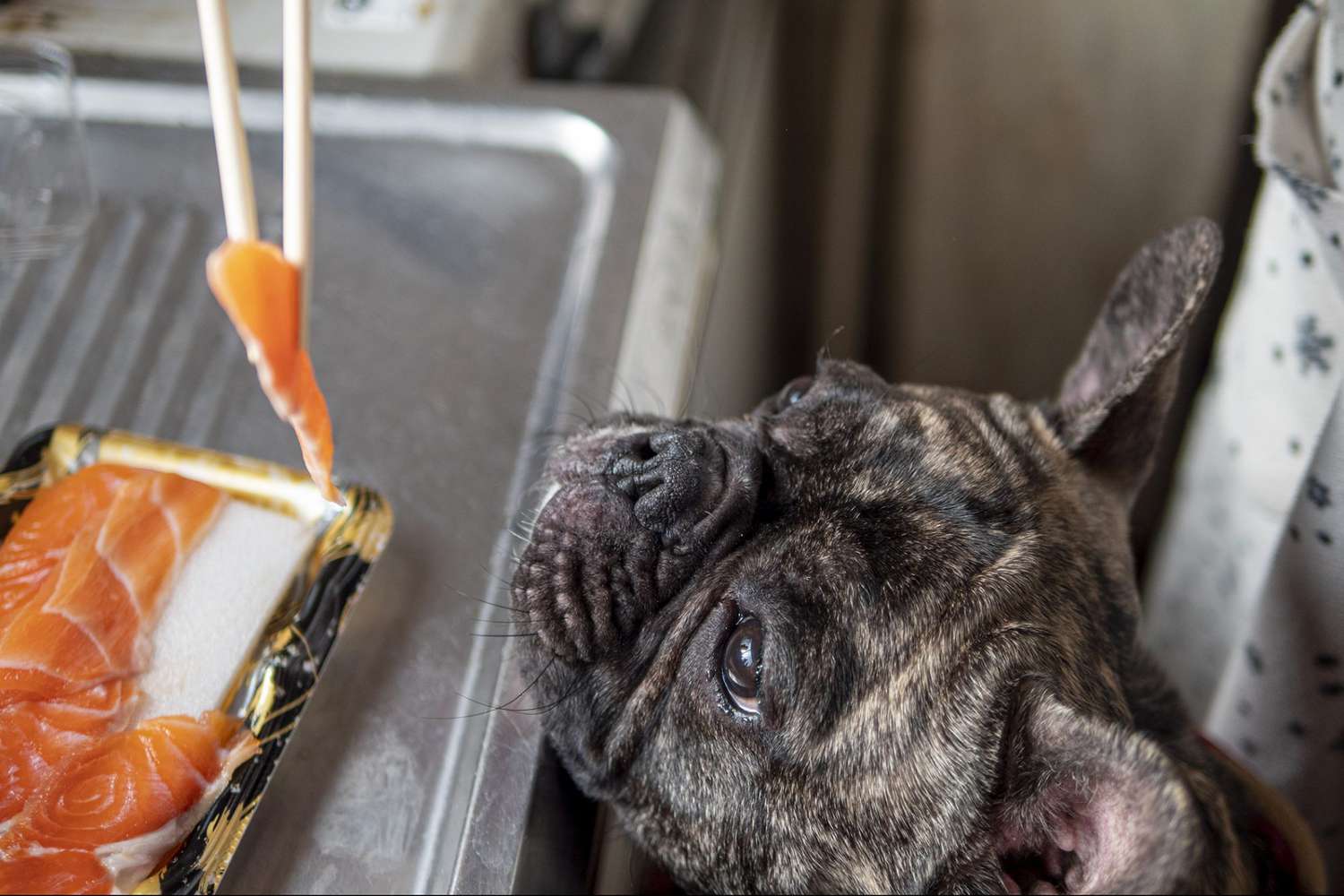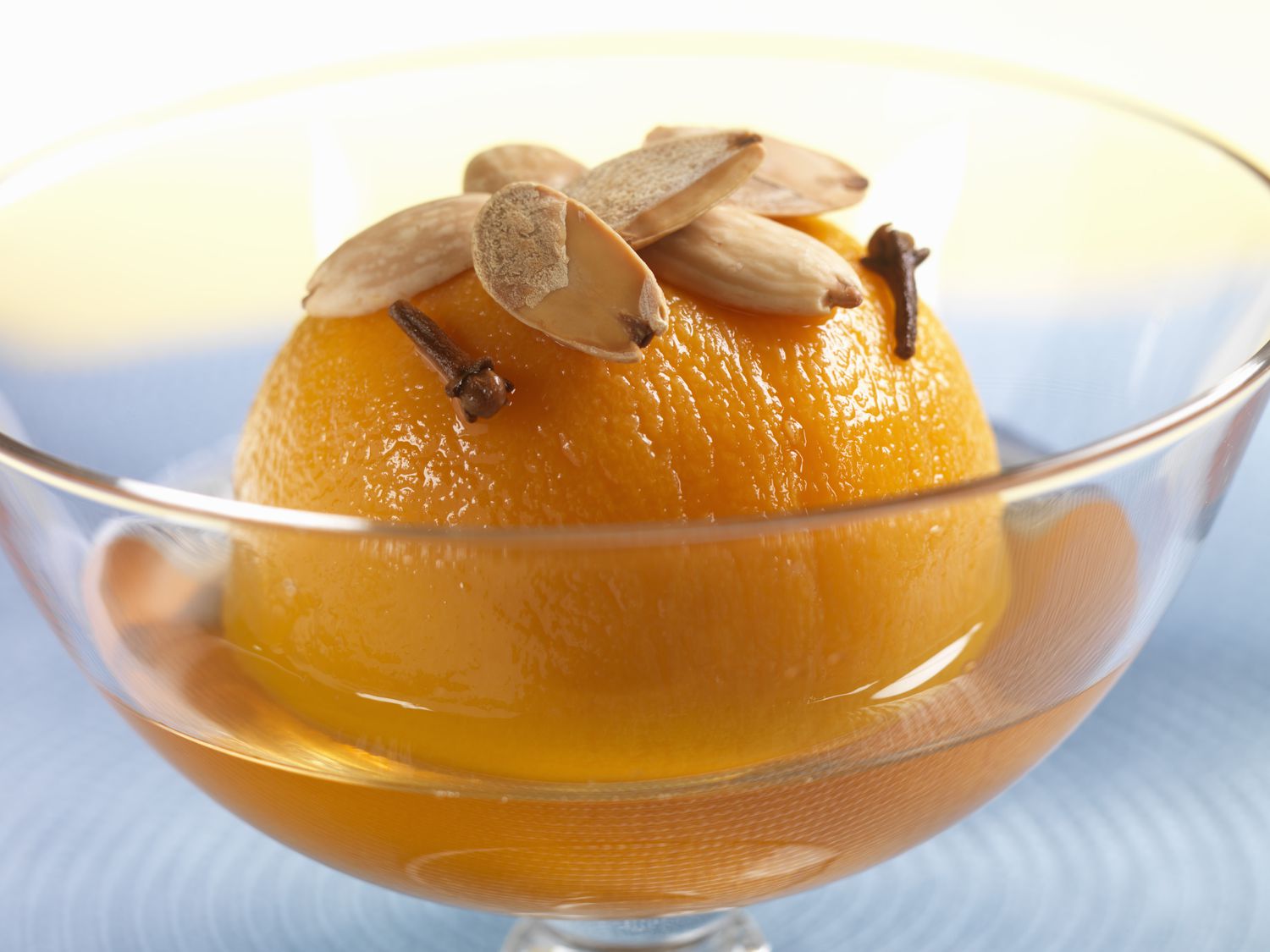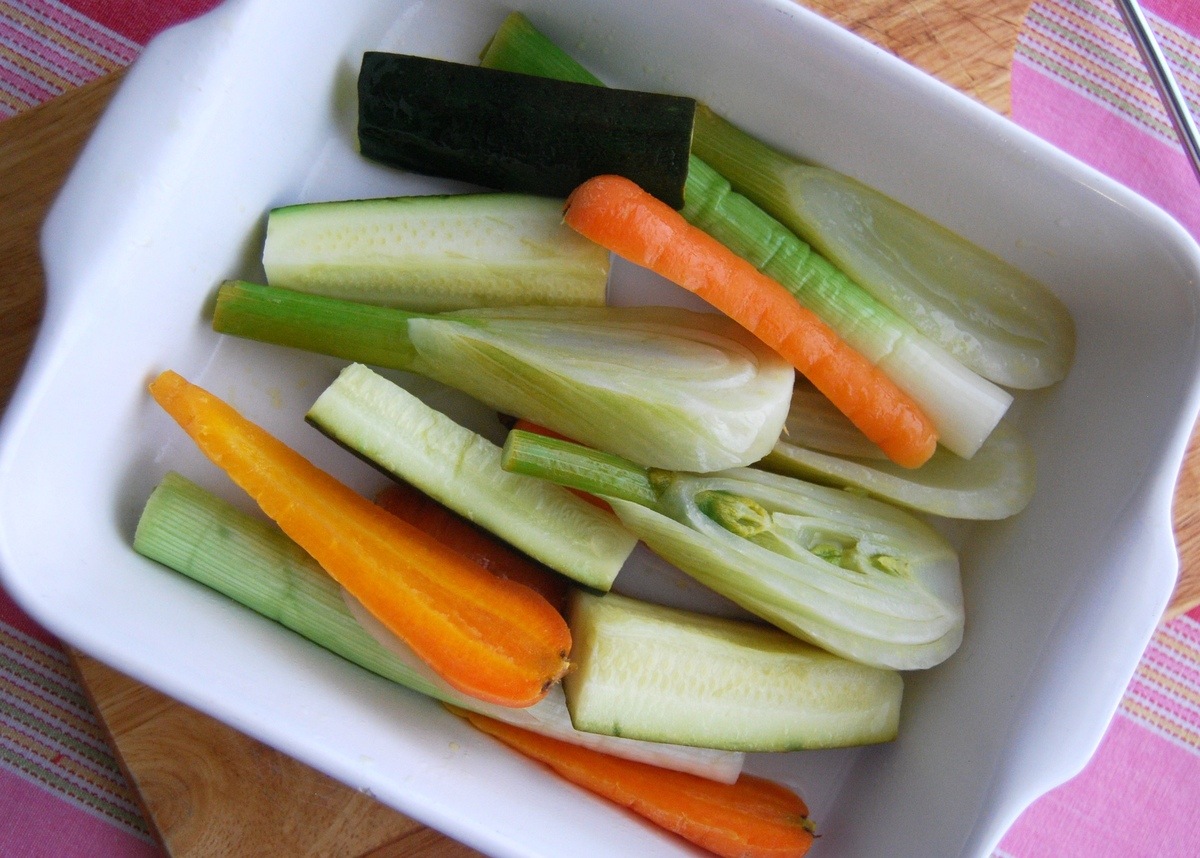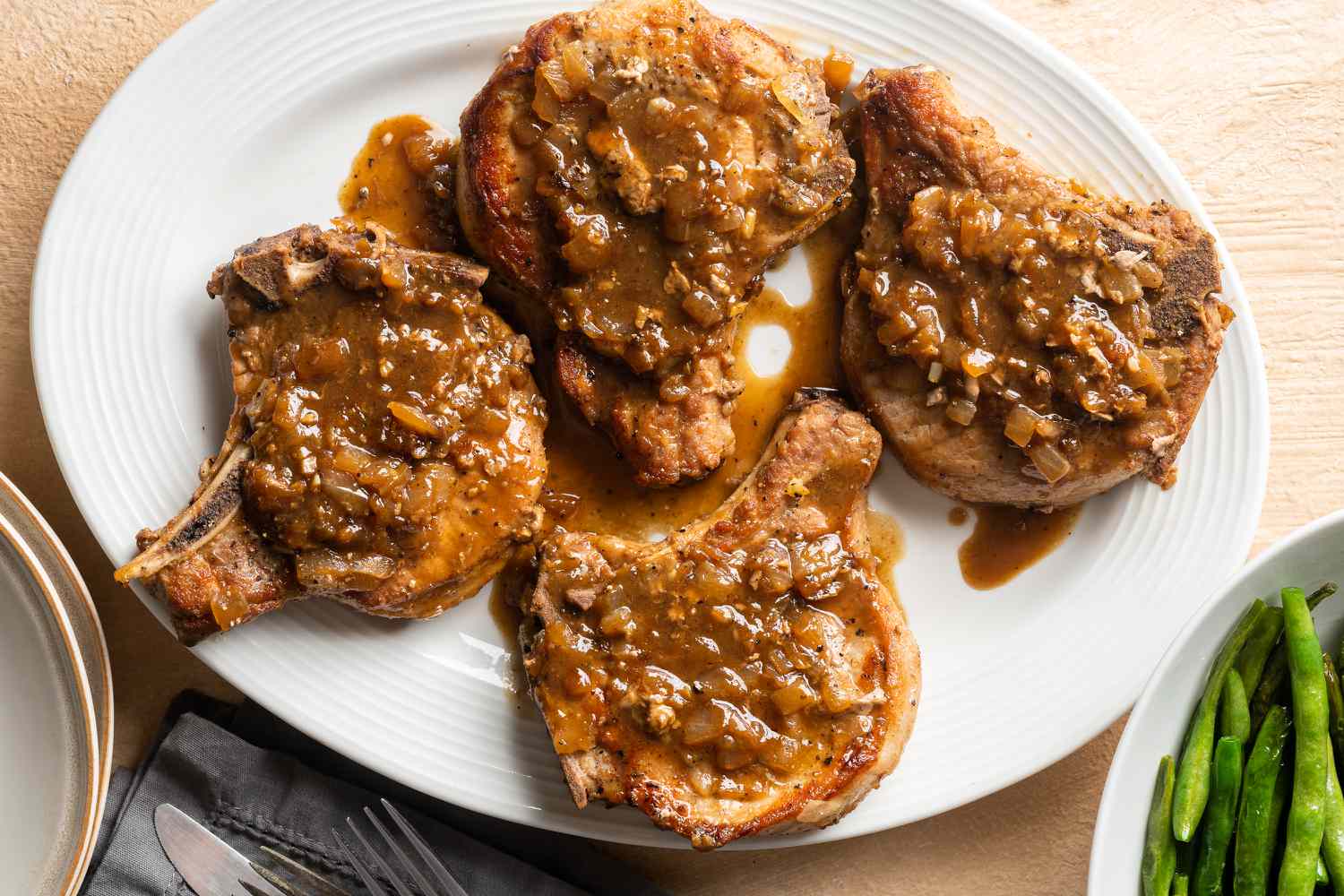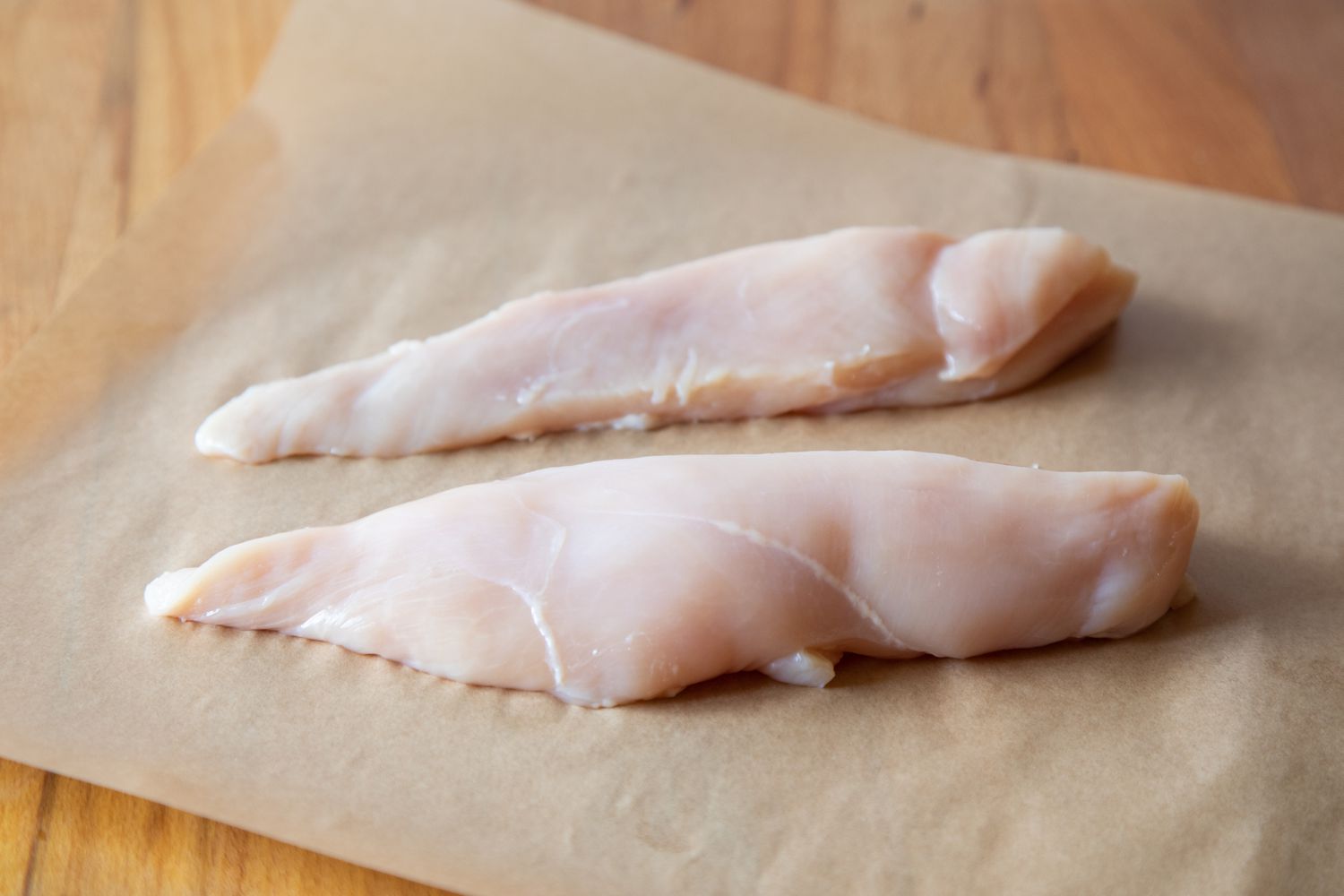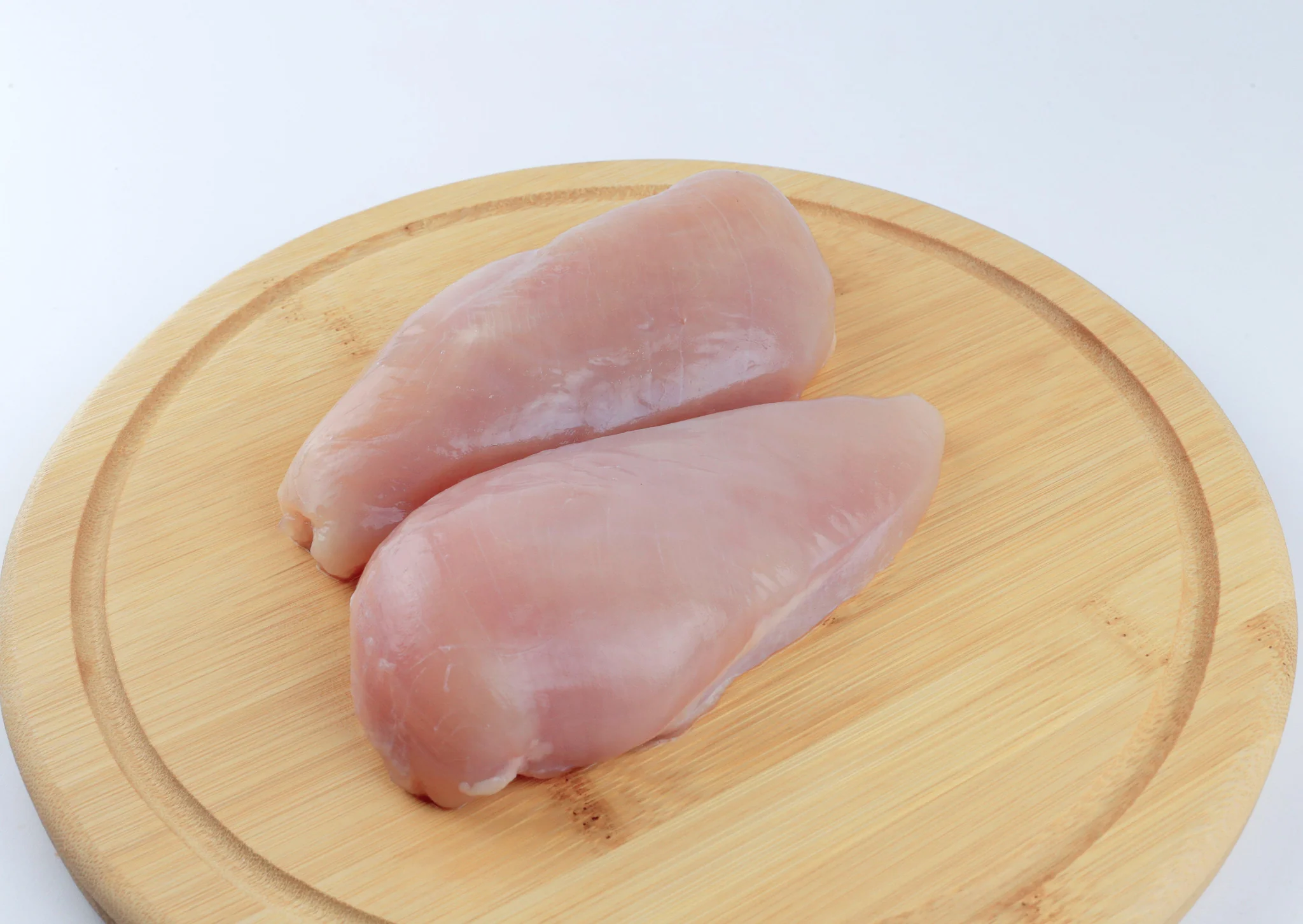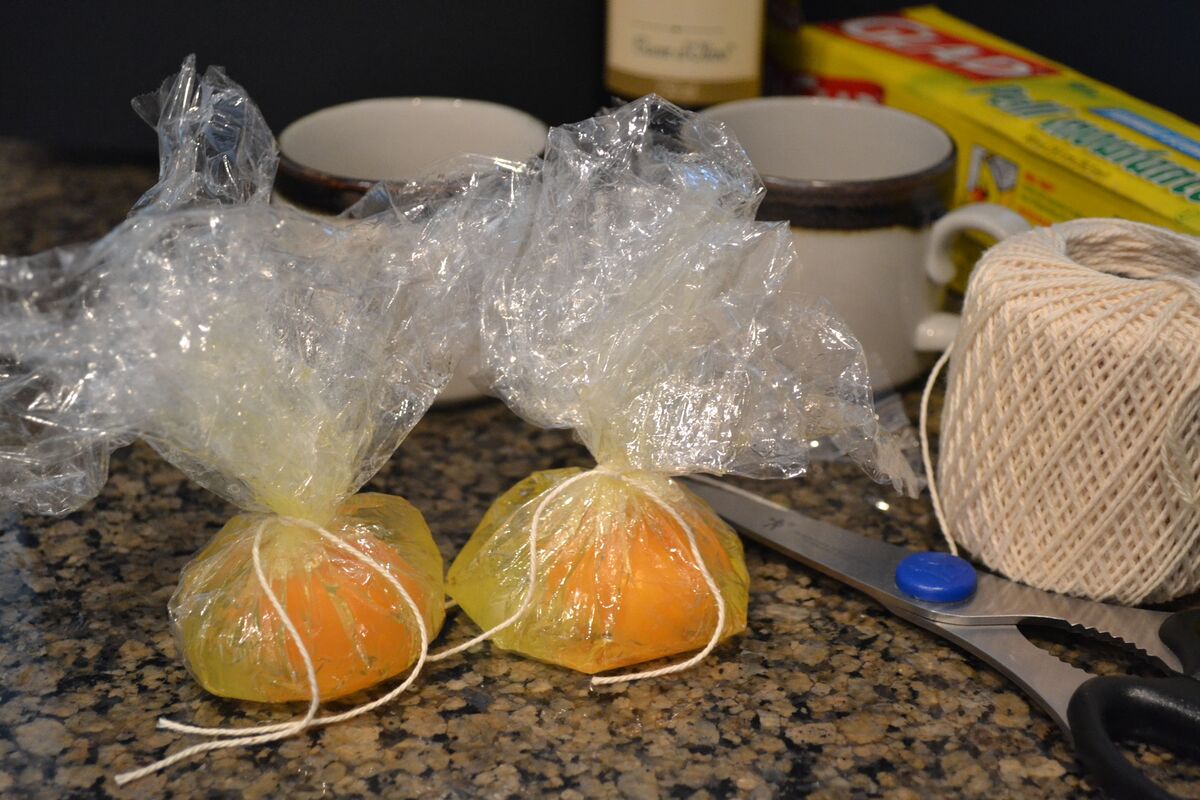Let’s Talk About Poaching Hot Dogs
Hot dogs are a classic American favorite, but have you ever tried poaching them? Poaching hot dogs is a simple and delicious way to enjoy this popular treat. Whether you’re looking for a healthier cooking method or just want to try something new, poaching hot dogs is a great option. In this article, we’ll cover everything you need to know about poaching hot dogs to perfection.
What You’ll Need
Before you get started, gather the following ingredients and equipment:
- Hot dogs
- Water
- Pot
- Stove
- Tongs
The Poaching Process
Now that you have everything you need, it’s time to start poaching your hot dogs. Follow these simple steps:
- Fill a pot with enough water to cover the hot dogs.
- Bring the water to a gentle simmer over medium heat.
- Once the water is simmering, carefully add the hot dogs using tongs.
- Let the hot dogs poach for about 5-7 minutes, or until they are heated through.
- Use the tongs to remove the hot dogs from the water and place them on a plate lined with paper towels to drain.
Why Poach Hot Dogs?
There are several reasons why poaching hot dogs is a great cooking method:
- Healthier: Poaching hot dogs is a healthier alternative to grilling or frying, as it doesn’t require any additional fats or oils.
- Even Cooking: Poaching ensures that the hot dogs cook evenly and retain their moisture, resulting in a juicy and tender texture.
- Flavor Infusion: The hot dogs absorb the flavors of the poaching liquid, adding an extra layer of deliciousness.
Serving Suggestions
Once your hot dogs are poached to perfection, it’s time to enjoy them! Here are a few serving suggestions to consider:
- Serve the hot dogs in a soft, warm bun with your favorite condiments and toppings.
- Pair the hot dogs with a side of crispy fries or a fresh, green salad for a well-rounded meal.
- Get creative with your toppings – from classic mustard and ketchup to sauerkraut and relish, the options are endless!
Final Thoughts
Poaching hot dogs is a simple and versatile cooking method that results in delicious and juicy hot dogs every time. Whether you’re cooking for a crowd or just looking for a quick and easy meal, poaching hot dogs is a great option to consider. So, next time you’re craving a hot dog, why not give poaching a try?
Remember, the key to successful poaching is to keep an eye on the hot dogs and remove them from the water as soon as they are heated through. With a little practice, you’ll be poaching hot dogs like a pro!


